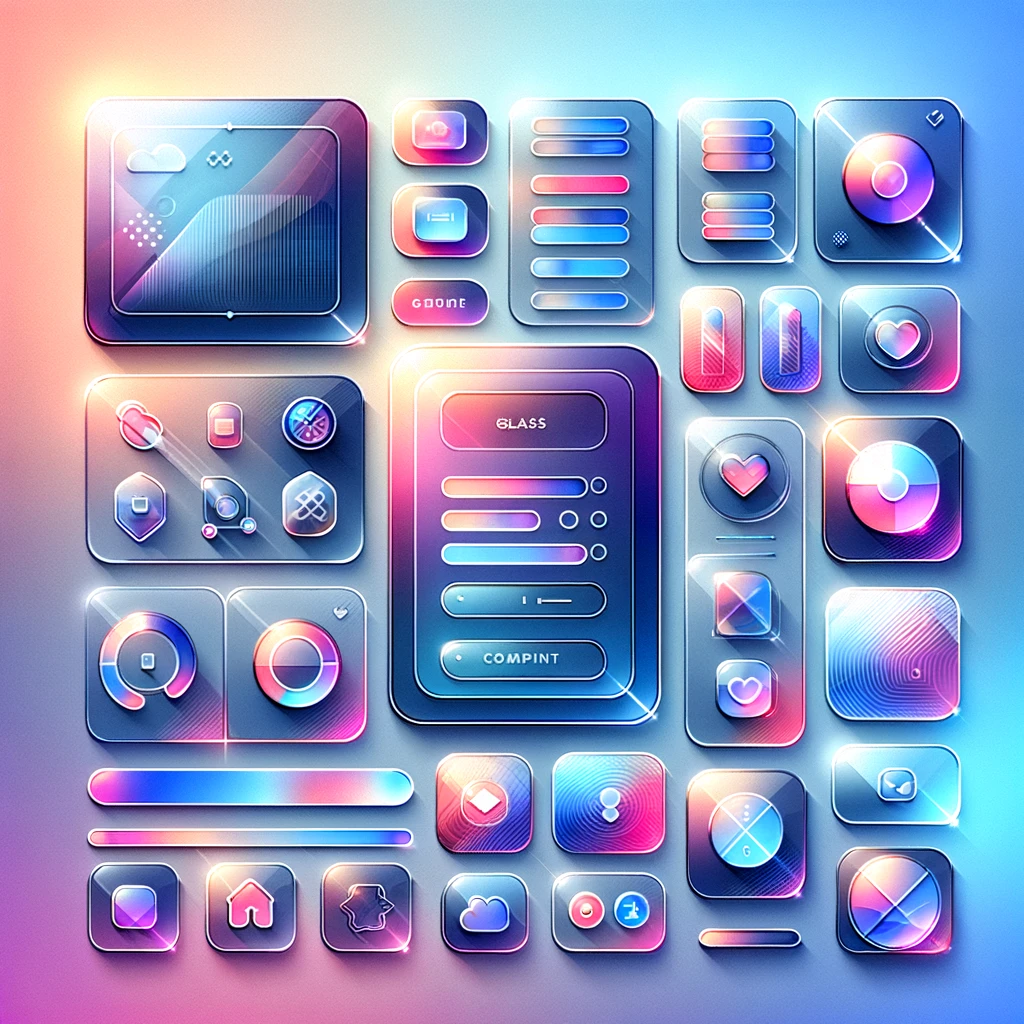UILabels in UIKit
UILabel is a fundamental component in the UIKit framework, used to display a small amount of static text in your iOS applications. This simple yet powerful element allows developers to present information to users in a clear and readable format.

Understanding UILabels in iOS Development
UILabel is a fundamental component in the UIKit framework, used to display a small amount of static text in your iOS applications. This simple yet powerful element allows developers to present information to users in a clear and readable format. In this article, we will explore what UILabels are, the various functionalities they offer, and provide practical code examples to demonstrate how you can implement and customize them in your iOS projects.
What is a UILabel?
UILabel is a subclass of UIView that provides a read-only text view. It is commonly used for displaying static text, such as titles, descriptions, or any other text content that doesn’t require user interaction. UILabels are highly customizable, allowing you to adjust the text's appearance, alignment, color, and more.
What Can You Do with UILabels?
UILabels offer various customization options and functionalities. Here are some key things you can do with UILabels:
- Set Text: Display any string of text using the text property.
- Adjust Font: Customize the font style, size, and weight using the font property.
- Text Color: Change the color of the text using the textColor property.
- Text Alignment: Align text within the label using the textAlignment property.
- Number of Lines: Control the number of lines the label can display using the numberOfLines property.
- Line Break Mode: Define how text wraps or truncates using the lineBreakMode property.
- Attributed Text: Apply rich text styling using the attributedText property.
Implementing UILabels in Swift
Let's dive into some code examples to see how you can create, customize, and work with UILabels in Swift.
Creating a Simple UILabel
To create a simple UILabel, you can initialize it with a frame and add it to a view controller's view. Here is an example:
import UIKit
class ViewController: UIViewController {
override func viewDidLoad() {
super.viewDidLoad()
// Create a UILabel with a frame
let myLabel = UILabel(frame: CGRect(x: 50, y: 100, width: 200, height: 50))
myLabel.text = "Hello, World!"
myLabel.textColor = .black
// Add the UILabel to the view controller's view
self.view.addSubview(myLabel)
}
}
In this example, we create a UILabel with a specified frame and set its text and text color properties. The label is then added to the view controller's view hierarchy.
Customizing a UILabel
You can customize UILabels by setting various properties, such as font, text alignment, and number of lines. Here is an example:
import UIKit
class ViewController: UIViewController {
override func viewDidLoad() {
super.viewDidLoad()
// Create a UILabel
let myLabel = UILabel()
myLabel.translatesAutoresizingMaskIntoConstraints = false
myLabel.text = "Welcome to UIKit!"
myLabel.font = UIFont.systemFont(ofSize: 24, weight: .bold)
myLabel.textColor = .blue
myLabel.textAlignment = .center
myLabel.numberOfLines = 0
// Add the UILabel to the view controller's view
self.view.addSubview(myLabel)
// Set Auto Layout constraints
NSLayoutConstraint.activate([
myLabel.centerXAnchor.constraint(equalTo: self.view.centerXAnchor),
myLabel.centerYAnchor.constraint(equalTo: self.view.centerYAnchor),
myLabel.leadingAnchor.constraint(equalTo: self.view.leadingAnchor, constant: 20),
myLabel.trailingAnchor.constraint(equalTo: self.view.trailingAnchor, constant: -20)
])
}
}
In this example, we create a UILabel and customize its font, text color, text alignment, and number of lines. We also use Auto Layout to center the label and set its leading and trailing constraints.
Using Attributed Text
UILabels can display attributed text, allowing for rich text formatting with different styles and attributes. Here is an example:
import UIKit
class ViewController: UIViewController {
override func viewDidLoad() {
super.viewDidLoad()
// Create a UILabel
let myLabel = UILabel()
myLabel.translatesAutoresizingMaskIntoConstraints = false
myLabel.numberOfLines = 0
// Create an attributed string
let attributedText = NSMutableAttributedString(string: "Welcome to UIKit!", attributes: [
.font: UIFont.systemFont(ofSize: 24, weight: .bold),
.foregroundColor: UIColor.blue
])
attributedText.append(NSAttributedString(string: "\nLearn to create beautiful apps.", attributes: [
.font: UIFont.systemFont(ofSize: 18, weight: .regular),
.foregroundColor: UIColor.darkGray
]))
// Set the attributed text to the UILabel
myLabel.attributedText = attributedText
// Add the UILabel to the view controller's view
self.view.addSubview(myLabel)
// Set Auto Layout constraints
NSLayoutConstraint.activate([
myLabel.centerXAnchor.constraint(equalTo: self.view.centerXAnchor),
myLabel.centerYAnchor.constraint(equalTo: self.view.centerYAnchor),
myLabel.leadingAnchor.constraint(equalTo: self.view.leadingAnchor, constant: 20),
myLabel.trailingAnchor.constraint(equalTo: self.view.trailingAnchor, constant: -20)
])
}
}
In this example, we create an attributed string with different styles and assign it to the UILabel's attributedText property. The label displays the formatted text with varying fonts and colors.
Conclusion
UILabels are versatile and essential components for displaying text in your iOS applications. In this article, we've covered the basics of what UILabels are, their various functionalities, and provided practical code examples to help you implement and customize them in your own projects. From setting basic properties to using attributed text, mastering UILabels is crucial for creating informative and visually appealing user interfaces.
Understanding and effectively utilizing UILabels can significantly enhance your app's user experience. Experiment with different UILabel properties and styles to create engaging and readable text displays in your iOS applications. Stay tuned for more articles that will explore other UIKit elements and their practical applications in iOS development.





